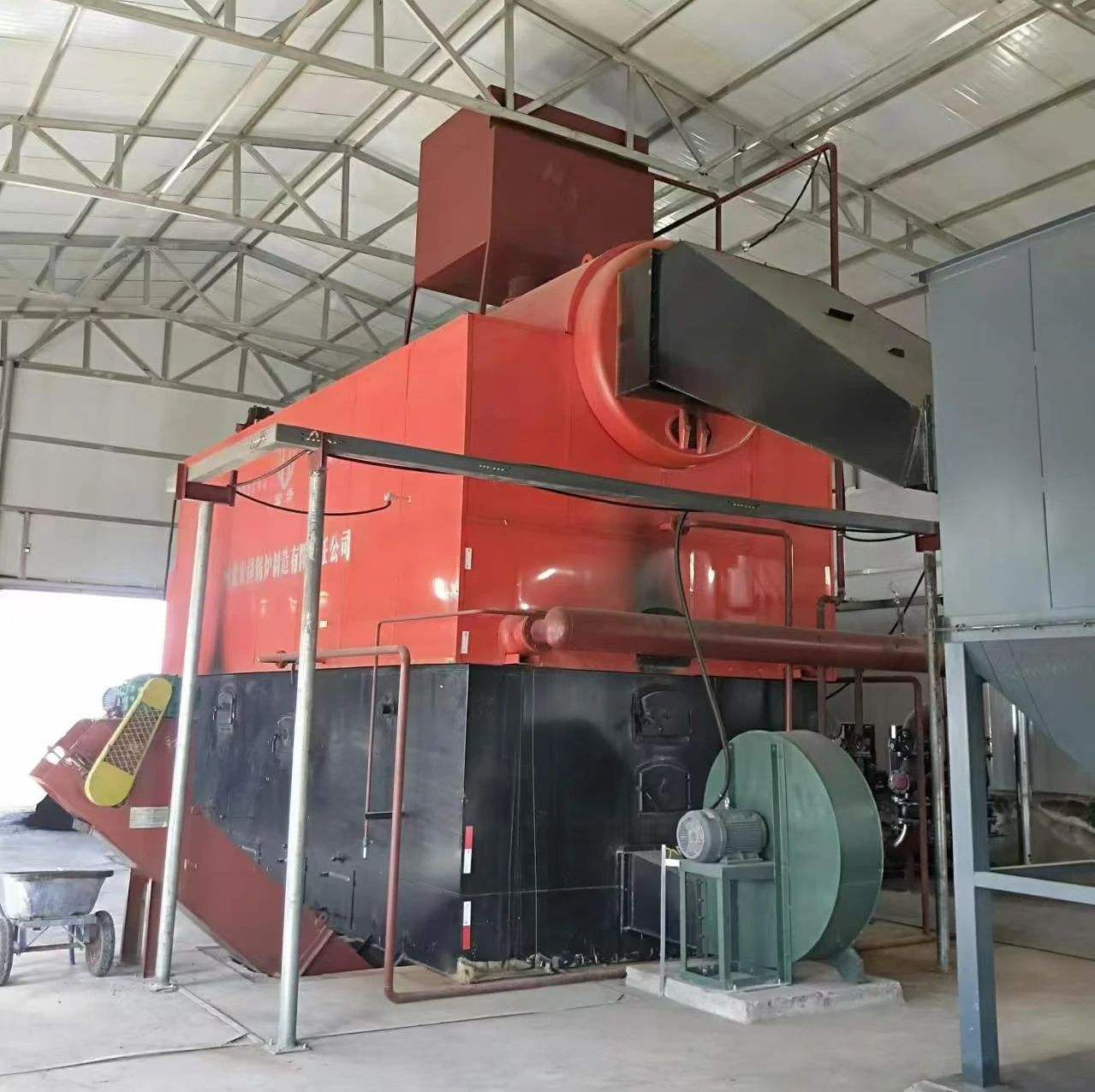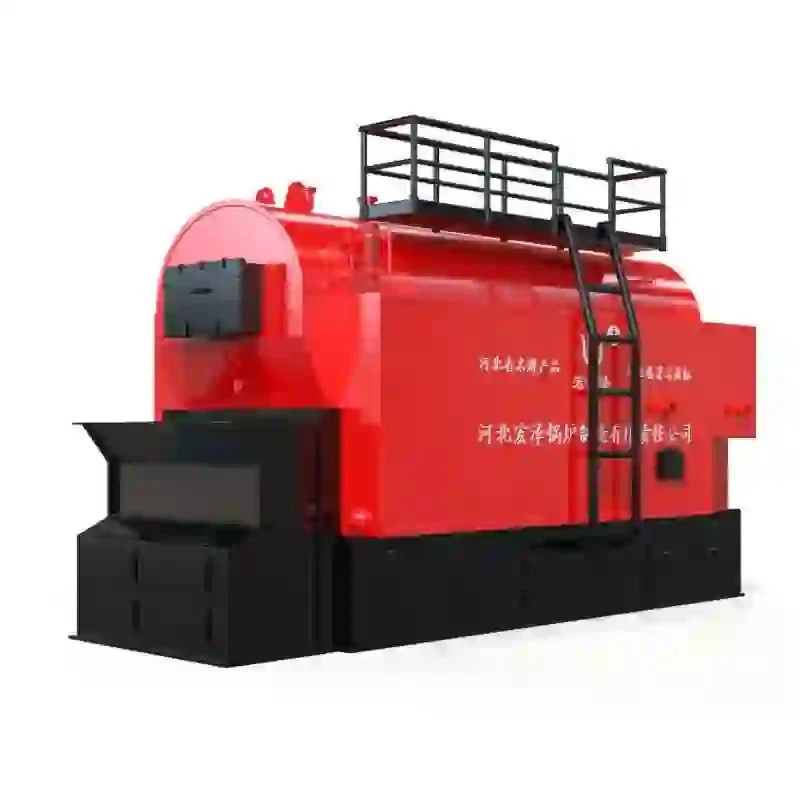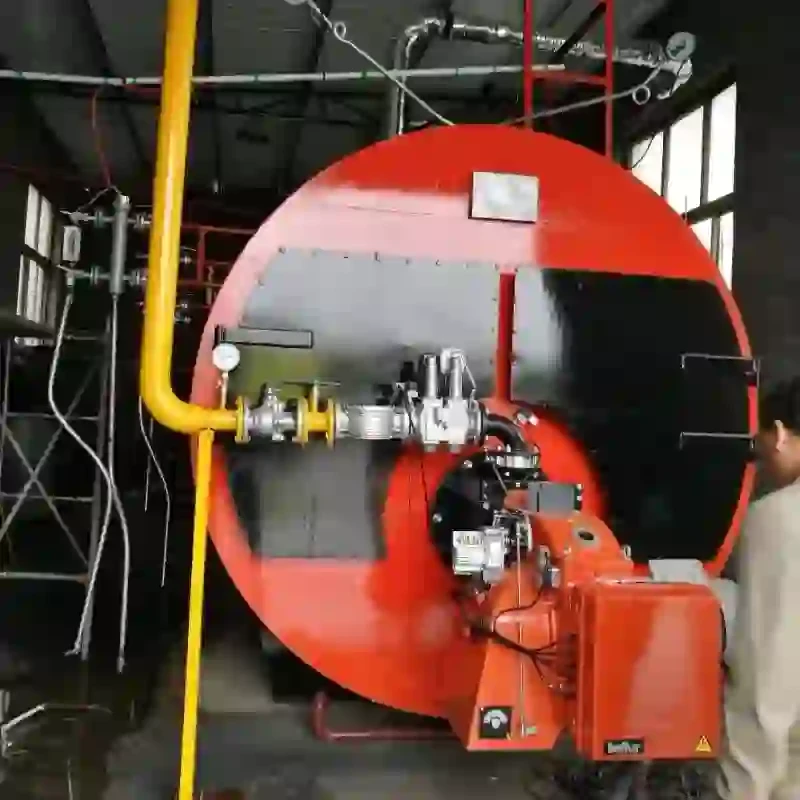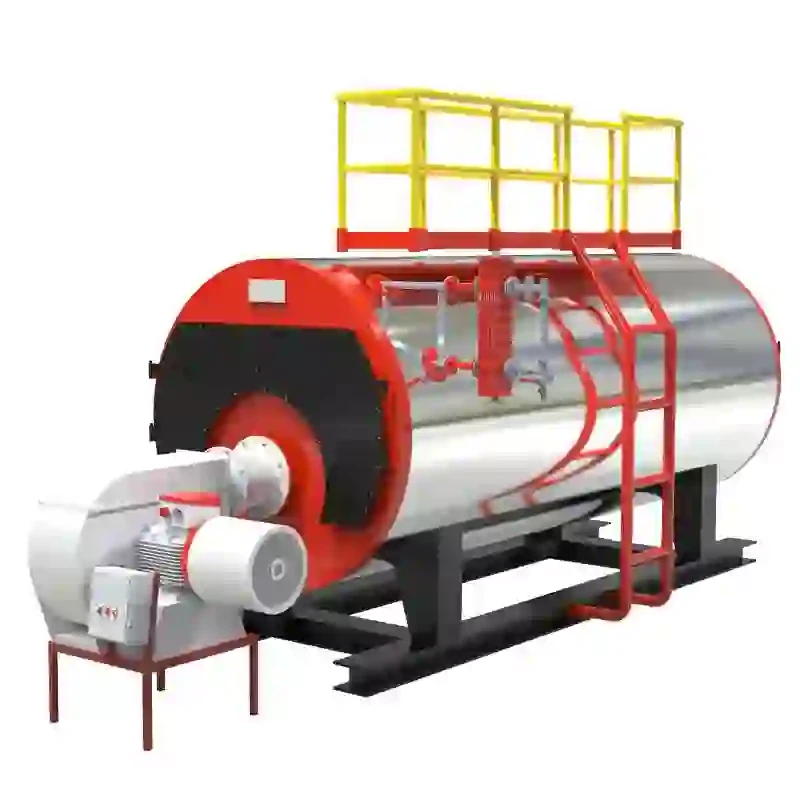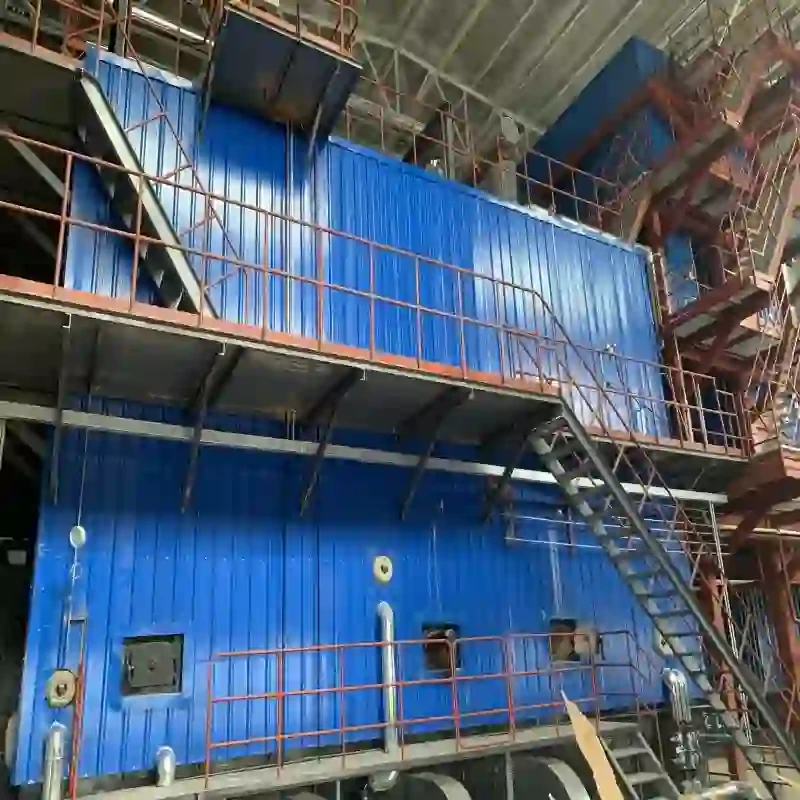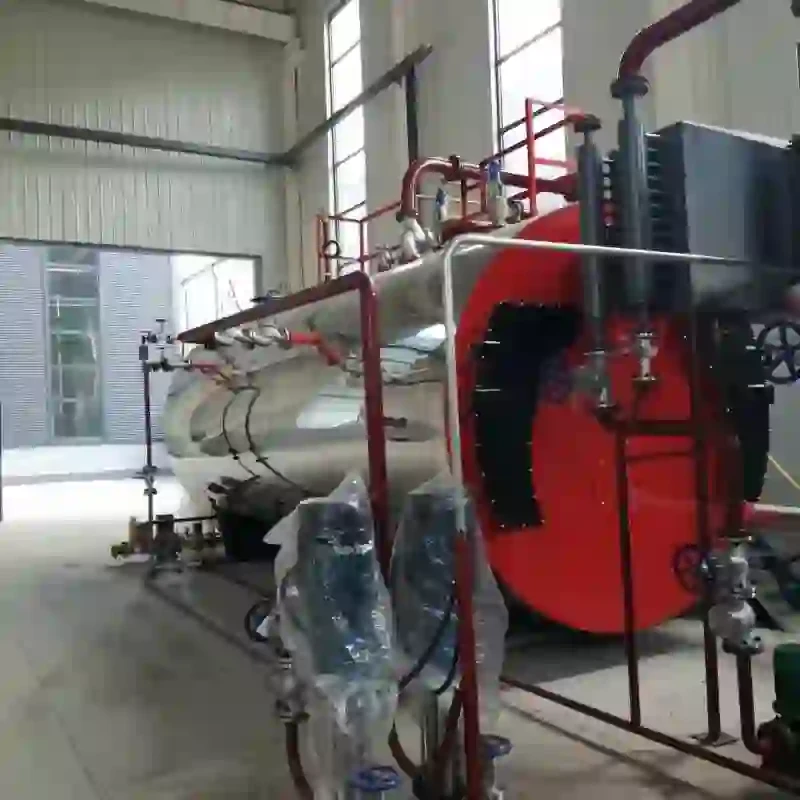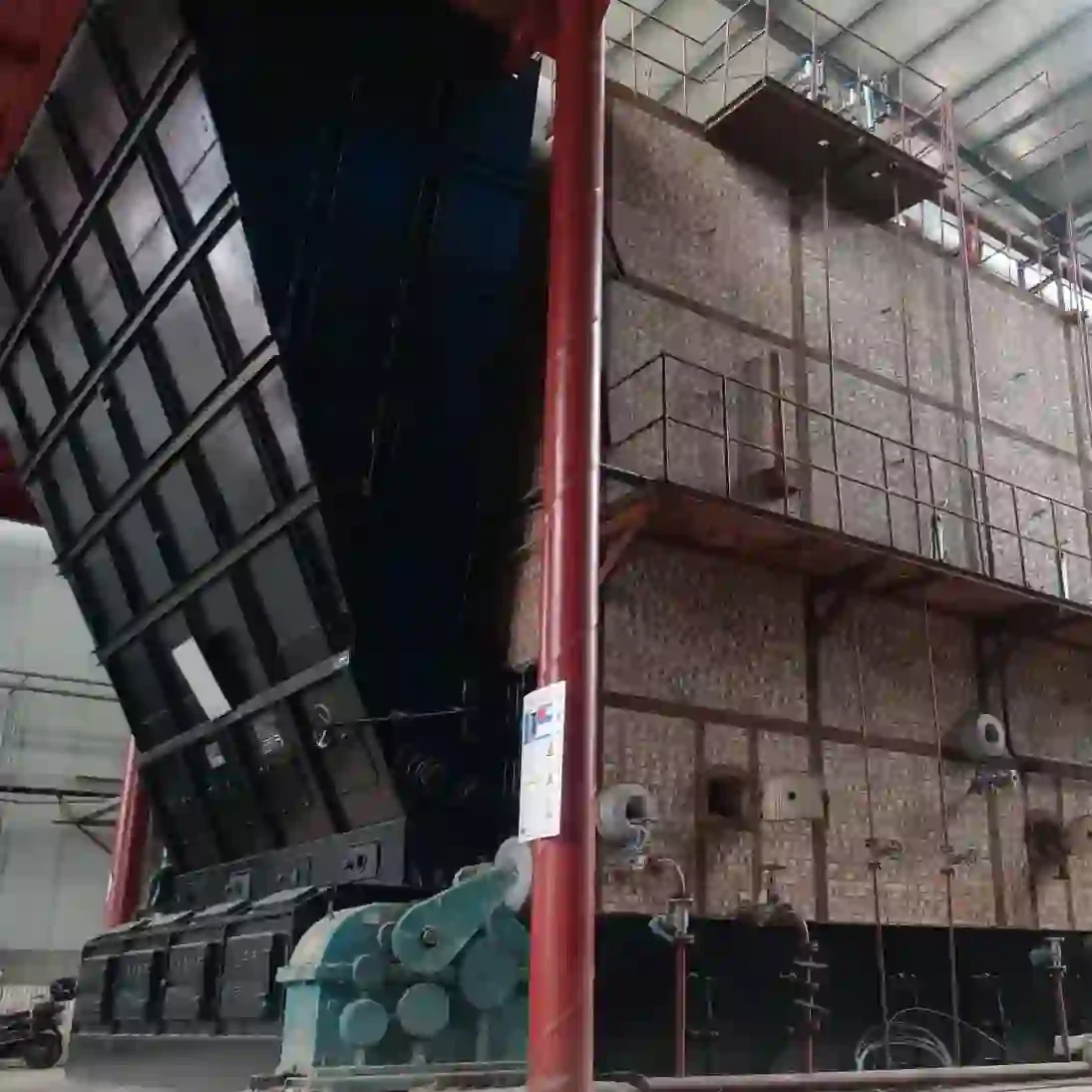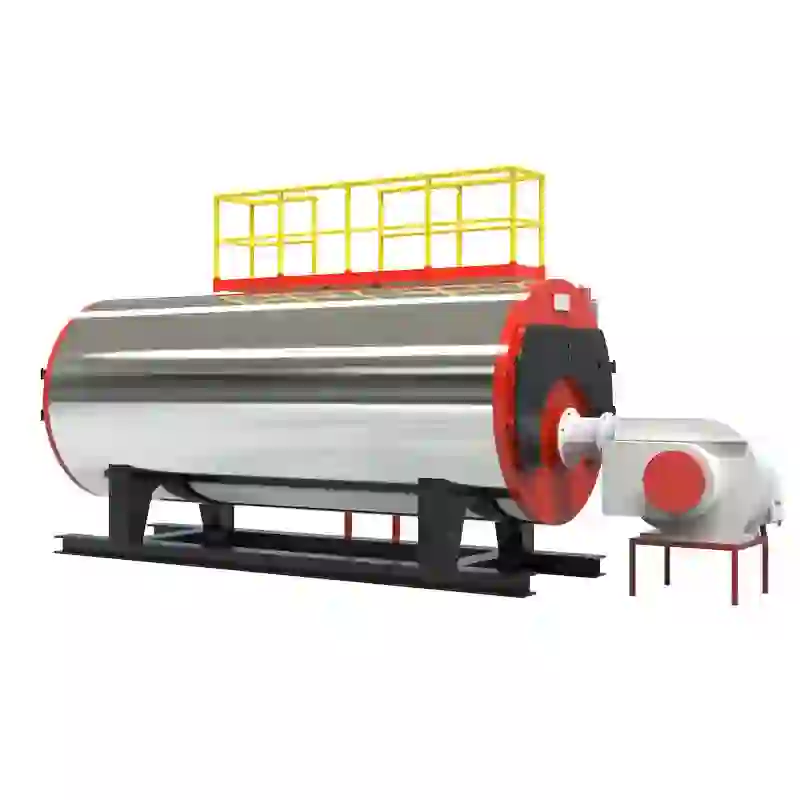
Okt . 04, 2024 02:12 Back to list
steam boiler price
Understanding Steam Boiler Prices A Comprehensive Overview
Steam boilers are essential components in various industries, providing heat and energy for processes ranging from power generation to manufacturing. When considering a steam boiler, one critical aspect that buyers must evaluate is the price. Several factors influence steam boiler prices, and understanding these can help organizations make informed purchasing decisions.
Types of Steam Boilers
The price of a steam boiler can vary significantly depending on its type. The two primary categories are fire-tube and water-tube boilers. Fire-tube boilers, generally more affordable, use flue gases that pass through tubes surrounded by water. They are suitable for smaller applications and lower pressure. In contrast, water-tube boilers, which are often more expensive, contain water-filled tubes where heat is applied from the outside. These are ideal for higher pressures and larger operations, leading to varied pricing based on their specifications.
Capacity and Size
The capacity or size of a steam boiler directly correlates with its price. Boilers are rated by their output capacity, usually measured in pounds per hour (PPH) of steam. Larger boilers that can produce more steam typically come at a higher cost due to the increased material and engineering required. Buyers need to assess their steam needs accurately to avoid overspending on capacity they do not require.
Material Quality and Efficiency
The materials used in the construction of a steam boiler play a significant role in its pricing. High-quality steel or specialized alloys can increase durability and efficiency but also add to the overall cost. Additionally, energy-efficient models may have higher upfront prices but can lead to significant savings on fuel bills over time, making them a cost-effective long-term investment.
steam boiler price

Customization and Features
Steam boilers can often be customized with various features to suit specific operational needs, such as enhanced safety systems, advanced control technologies, and eco-friendly options. While these enhancements can drive up the initial price, they may provide added value through improved safety, reliability, and operational efficiency.
Installation and Maintenance Costs
It’s also crucial to consider the installation and maintenance costs associated with steam boilers. Complex systems may require specialized installation, which can add to the overall expense. Regular maintenance is vital for ensuring efficient operation and maximizing the lifespan of the boiler, which can include costs for spare parts and technician services.
Market Variability
Lastly, market conditions can influence steam boiler prices. Fluctuations in raw material costs, changes in manufacturing processes, and shifts in demand—all play a role in determining market prices. Buyers should remain informed about these factors and their potential impact on the investment.
Conclusion
In conclusion, steam boiler prices vary widely based on type, capacity, material quality, customization, and associated installation and maintenance costs. Organizations should carefully evaluate their operational needs and consider the long-term implications of their investment. By understanding these factors, buyers can select a steam boiler that not only meets their current requirements but also aligns with their budget and operational efficiency goals. Ultimately, making an informed decision will contribute to improved performance, safety, and cost-effectiveness in steam generation processes.
-
High-Efficiency Commercial Oil Fired Steam Boiler for Industry
NewsJul.30,2025
-
High-Efficiency Biomass Fired Thermal Oil Boiler Solutions
NewsJul.30,2025
-
High Efficiency Gas Fired Thermal Oil Boiler for Industrial Heating
NewsJul.29,2025
-
High-Efficiency Gas Fired Hot Water Boiler for Sale – Reliable & Affordable
NewsJul.29,2025
-
High Efficiency Biomass Fired Hot Water Boiler for Industrial and Commercial Use
NewsJul.29,2025
-
High-Efficiency Biomass Fired Hot Water Boiler for Industrial Use
NewsJul.28,2025
Related PRODUCTS






